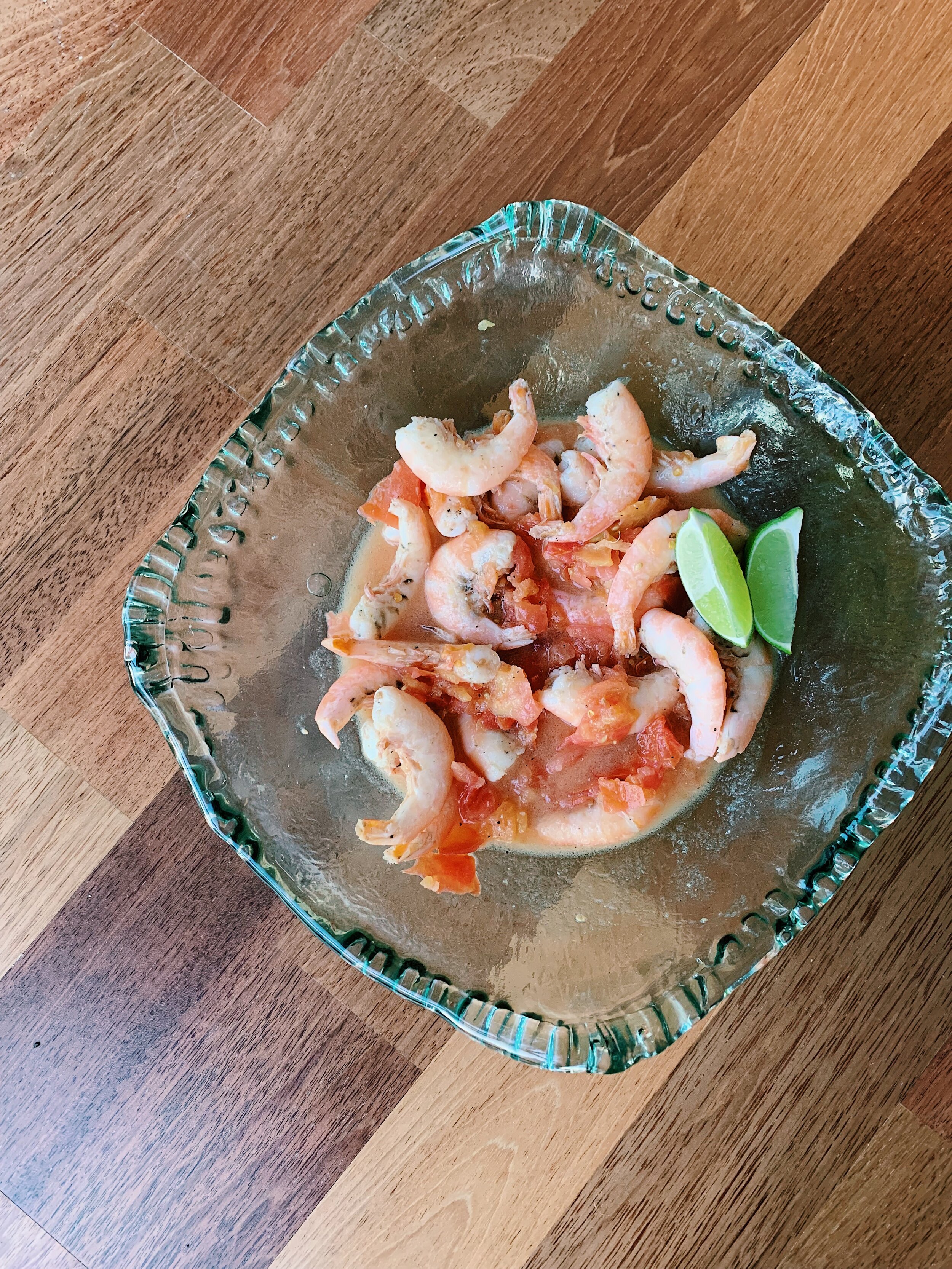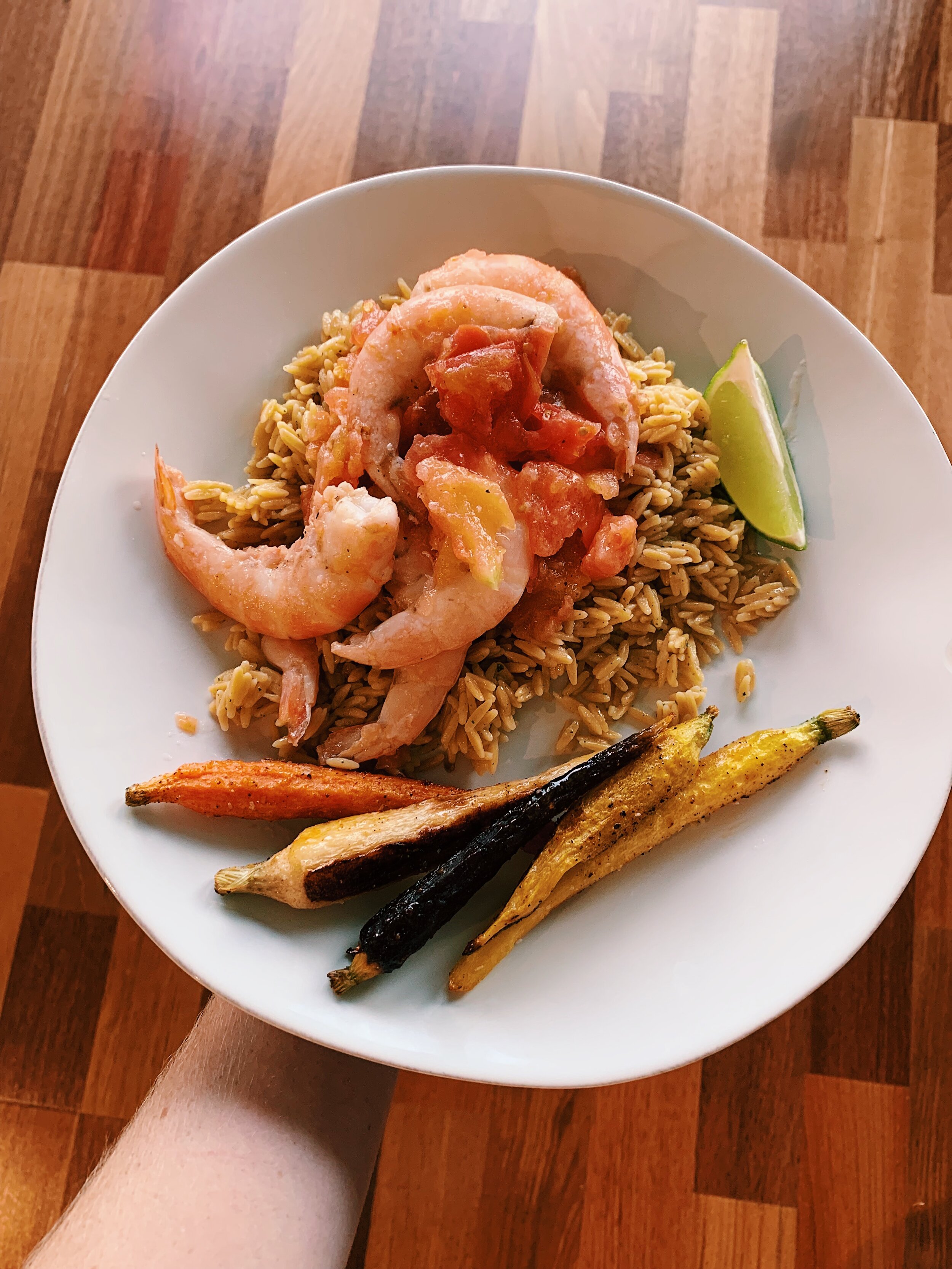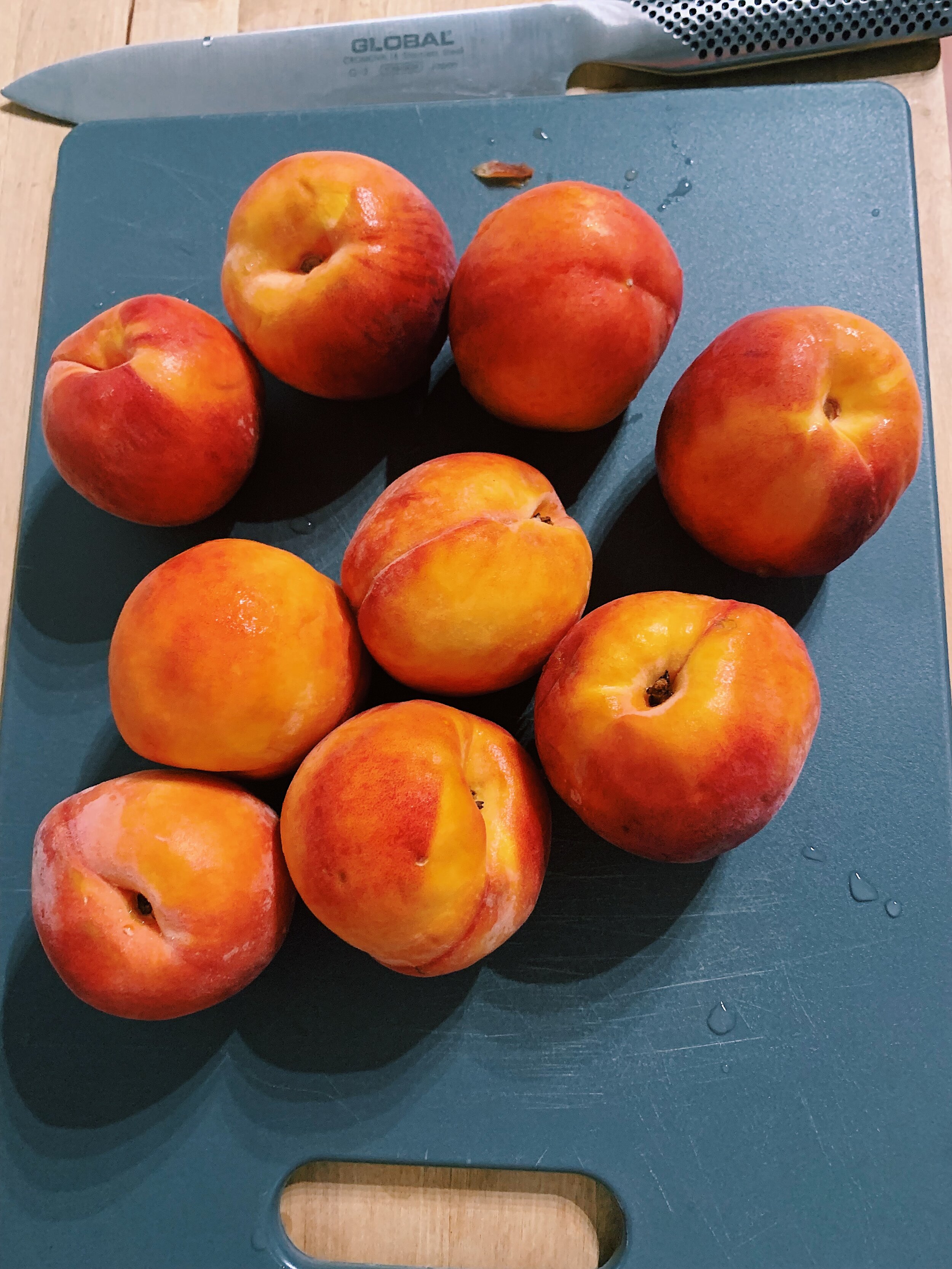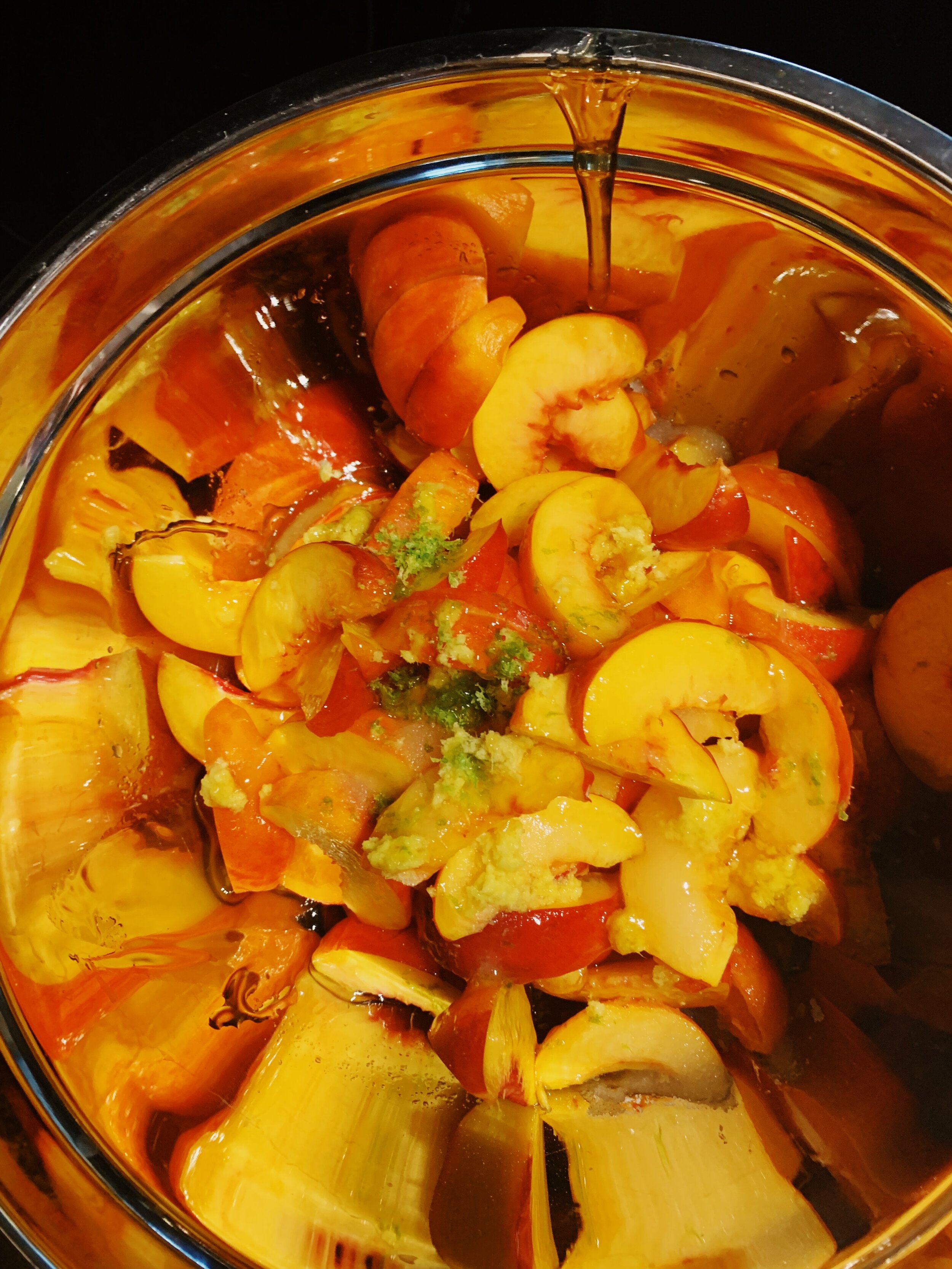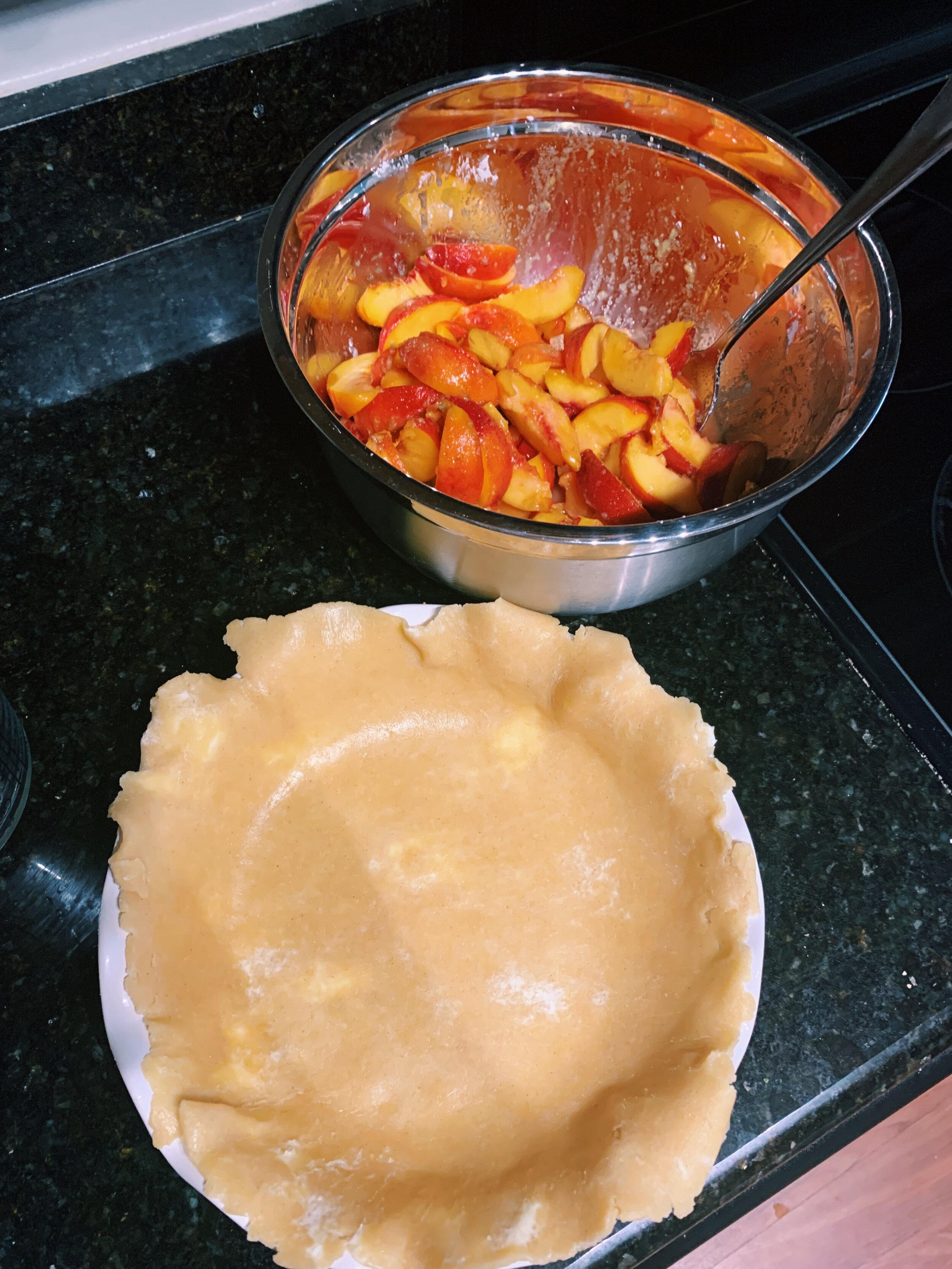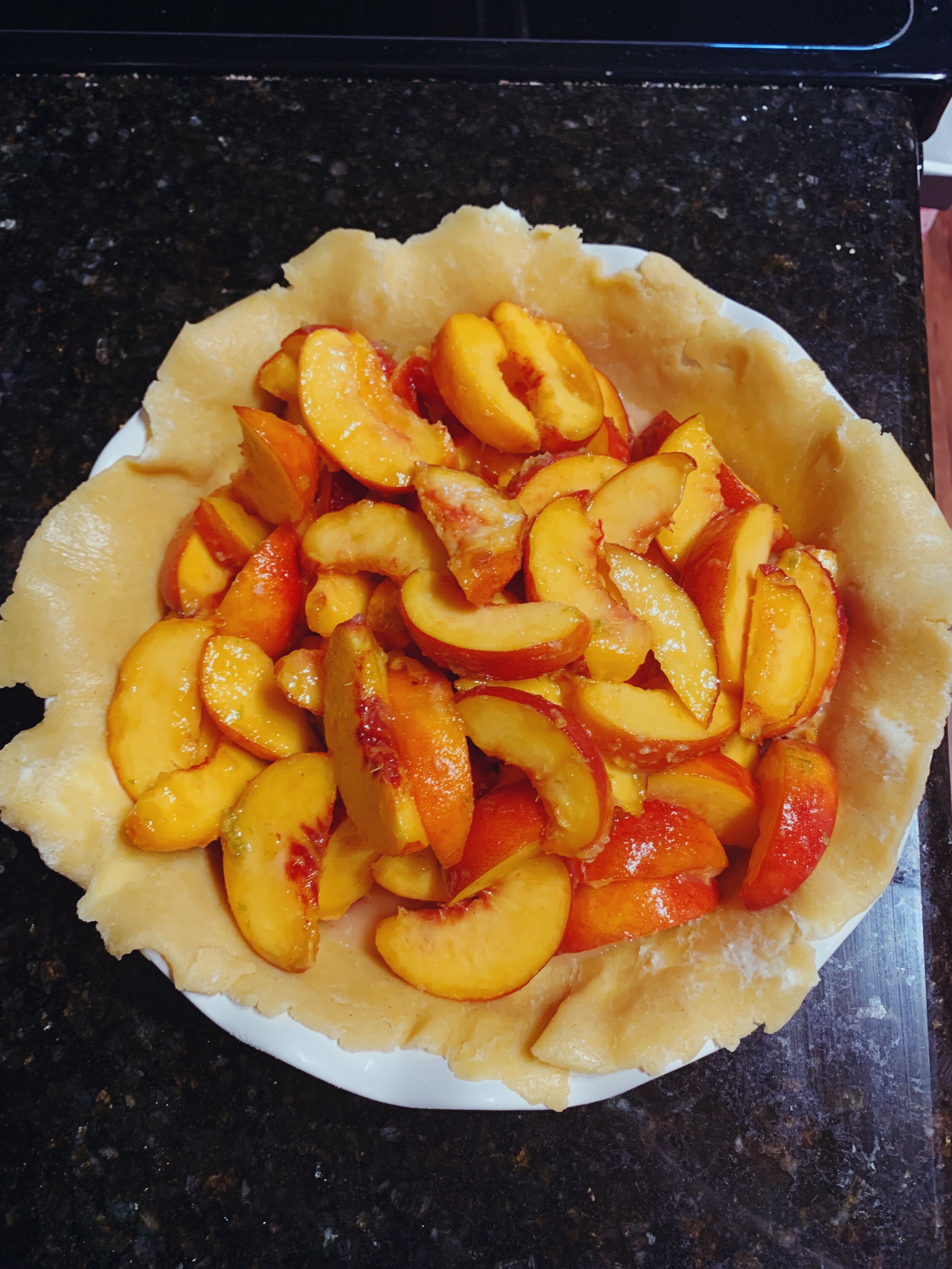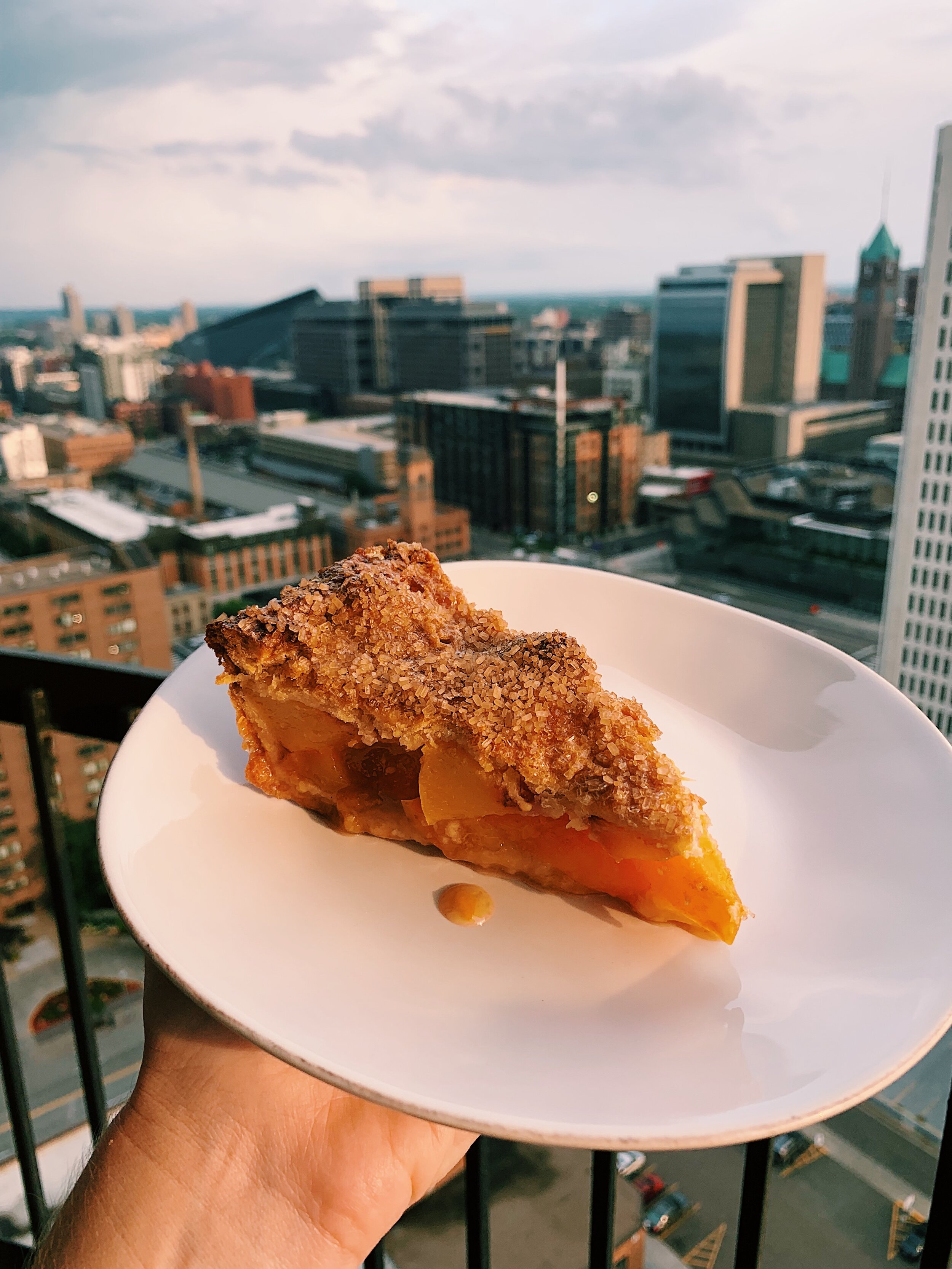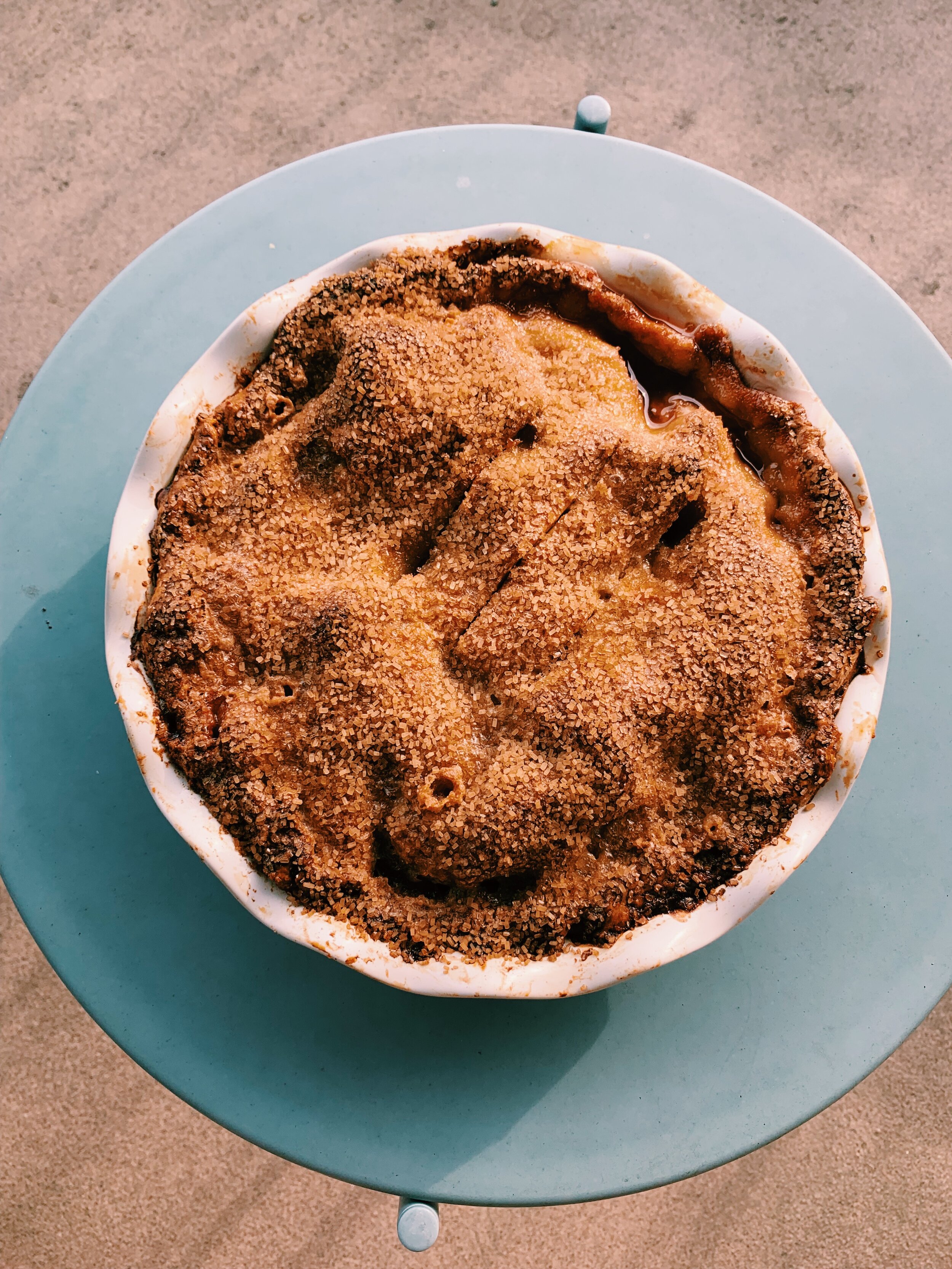The summer after I graduated college, I lived in a friend’s basement for a month while trying to find my own place. Kate and her husband and two children, had a local farmer’s produce subscription box that she picked up at the local farmer’s market every other Saturday morning. That box was our entertainment all week long. Kate made it an activity to find creative ways to use up all of the vegetables in the box before they went bad. Every night I came from work and she’d be chopping up a rutabaga or slicing a yellow squash for the third night that week, and we’d talk about her strategy for that night’s veggie variation. One of the most common vegetables included were beets. I knew practically nothing about them at the start, but over that month, I helped chop, peel, roast, boil, and slice more beets than I thought possible. And I fell in love with them.
Alison has two beet recipes and both are great. The first is her Beets with Buttermilk and Walnuts, which my friends still talk about as “life-changing.” The second are her vinegar-roasted beets which I think I like even more.
The first step is to roast the beets whole and unpeeled in tin foil packets, doused in white distilled vinegar, olive oil, salt and pepper. Once a fork can easily pierce them, they’re ready to cool. After letting them lose their too-hot-to-handle status, it’s safe to grab a paper towel and shrug the outer skin off. The skin on my beets clung a little more tightly, so I used a paring knife to shave off the stubborn parts.
Since these beets were planned as a side dish to a larger meal that required lots of oven time, I chose to roast these first and let them cool completely while I prepared the other dishes. Alison doesn’t mention anything about serving the beets cold, but I can tell you that it worked wonderfully.
Closer to dinner time, I seared the scallions in my cast iron and mixed the yogurt and lime juice at the bottom of my serving bowl. I placed the quartered beats onto the yogurt and scattered the scallions and lots of dill over everything.
The beets were a hit! They were the only dish to be finished completely on the table. I served them with Alison’s Sour Cream Flatbreads, and most people chose to dip their breads into the yogurt mixture at the bottom of the beet bowl after the beets were all served. I enjoyed it so much that I decided to buy more beets for this coming week to repeat the dish. And that’s saying something.
217 recipes cooked, 8 to go.









